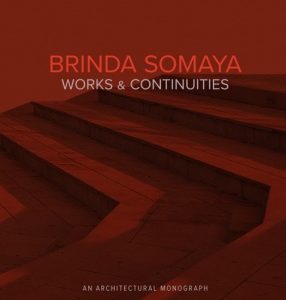
Mapin Publishing Pvt. Ltd.

152 books


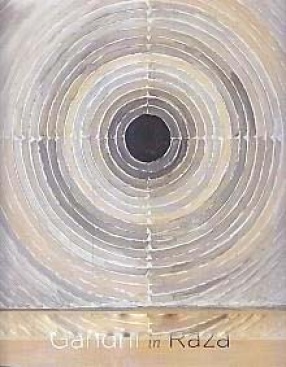
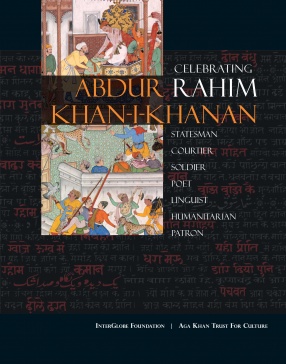
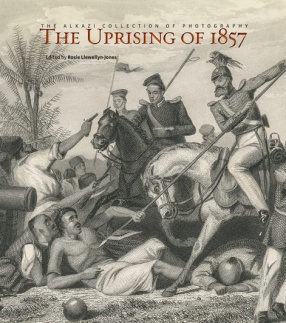
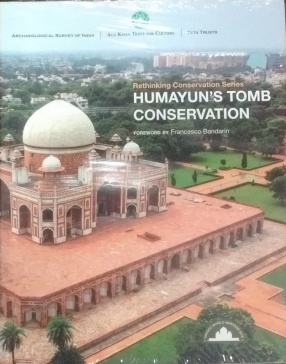

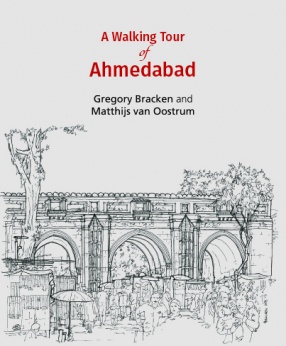
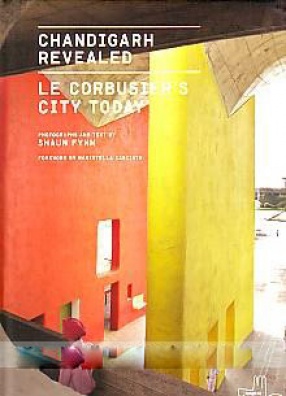
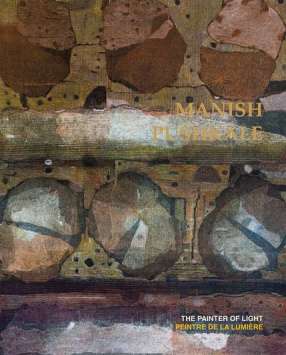
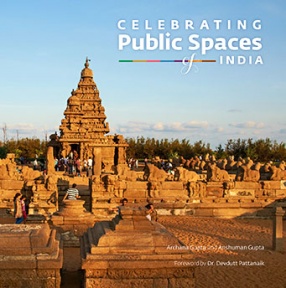
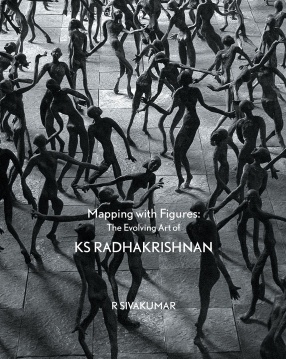
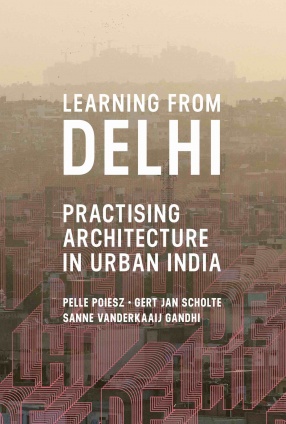
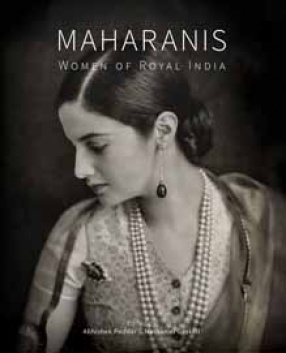
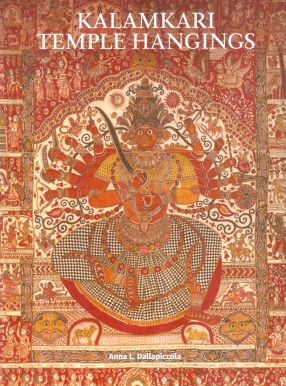

This volume is a comprehensive monograph chronicling the personal and professional journey of the Indian architect and urban conservationist Brinda Somaya, from 1975 to the present. Belonging to the ‘Bridge Generation’, her work transcends stylistic vocabulary and draws its inspiration from Indian culture, the landscape of the subcontinent and principles of sustainable design and intervention.
The book explores a cross-section of Somaya’s ...

Brigitte Singh first came to Sanganer, Jaipur’s hand-blockprinting centre, as a student of miniatures three decades ago. Today, the visual almanac of her work gives us a truly alternate way to read medieval and modern civilisational encounters—through the evolution and transmission of motifs and craft techniques over centuries.
Brigitte Singh’s exquisite work with blockprints is a form of re-enacted design history, rendered in visual rather than ...
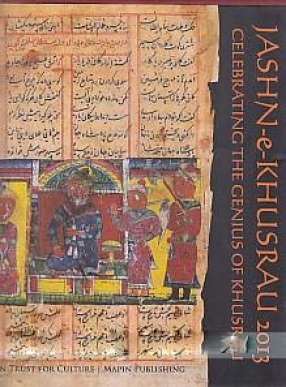


Abdur Rahim Khan-i-Khanan (1556–1627) was referred to in Mughal records as the ‘noble of nobles’, and was praised in the verses of his contemporaries as a patron of legendary generosity and erudition. An unmatched soldier and statesman, Rahim served Akbar and Jahangir, and commanded Shah Jahan’s imperial army on the battlefield. A poet of rare skill, he wrote poems in Persian, Sanskrit and Hindavi, with metaphors ranging from Giridhar to ...

The ‘sepoy revolt’ was among the first fully photographed wars in the history of documentary photography in India. This volume offers multiple perspectives on the ‘Ghadar’ or Uprising of 1857, and deconstructs the grand narratives associated with colonial historiography. Using rare archival photographs from the Alkazi Collection, together with supplementary visual material, these essays re-evaluate the ‘evidence’ and official ...
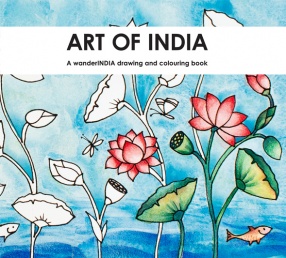
This delightful colouring book introduces young readers (and their older relatives as well!) to the art of India-found everywhere from monuments and textiles, to sidewalks, vehicles, movies and objects of everyday use!
With 34 attractive illustrations, this volume introduces readers and young artists to a broad spectrum of Indian art, beginning with the seals of the vanished Indus valley civilisation right up to exuberant movie posters of today. The book also ...

The Humayun’s Tomb-Nizamuddin area, inhabited by a vibrant local community, is visited by millions of tourists and pilgrims each year. Conservation works being undertaken on the monuments in this area have aimed to re-define standard conservation practice in India by setting benchmarks in using a craft-based approach, setting documentation standards, using a participatory and multi-disciplinary approach, and using the conservation initiative as a tool ...

In this volume, the design practitioners at INI Design Studio talk about their vision for creating unique, sustainable solutions to address the needs of a growing society.
Through a comprehensive showcase of 68 Indian and international projects, including a wide variety of commercial, residential, healthcare, and hospitality domains, this book demonstrates the firm’s sensibility that guides their design in a world whose dynamics are rapidly changing. Their ...

The Walking Tour City Guide series provides an engaging bridge between conventional tourist books that contain less information on architecture and academic books that are often too specialized. A Walking Tour of Ahmedabad-the first to focus on an Indian city-provides hand-drawn illustrations, taking the reader from building to building, providing information on its history, architectural styles, its owners and architects.
Focusing on the blend of medieval and ...


Manish Pushkale, an autodidact, is among the most promising young painters of India. His work has a unique language of abstraction that carries his personal imprints, and has attained maturity and significance through several shifts in experimentation and experience.
This bilingual (English and French) book captures Pushkale’s evolution as an artist through four short essays-each by a different author who talks of their unique perspective on ...
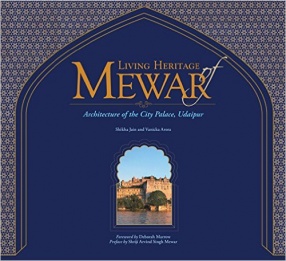

Hasmukh Patel’s architectural practice spanned the transformative latter decades of the 20th century, navigating the political and economic changes of his time and bringing his talents to bear equally on institutional, private and speculative development projects. He recognised that with every commission came opportunities to further architecture’s formal, civic and social agendas.
Each of his projects is a built manifesto, an exploration of how ...
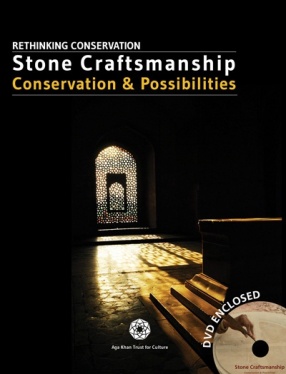
Over a hundred stone craftsmen have worked for over three years on the Humayun’s Tomb conservation project. They have used the same tools and techniques that would have been used by craftsmen who built the Tomb in the 16th century. Though sandstone craft skills survive in India, the building craft sector has not received the attention that has been paid to the handicraft sector though more people can find employment in the building sector industry. ...

Celebrating Public Spaces of India is an attempt at understanding architecture as a defining feature in the identity of the ‘public space’ and its influence on evolving modes of urbanism in India. Through a carefully curated list of more than fifty vibrant landmarks across the length and breadth of India, this volume analyses and highlights the socio-cultural-functional strength of public spaces within the urban fabric of cities.
Featuring evocative ...

KS Radhakrishnan is an acclaimed contemporary sculptor whose sculptures are exclusively executed in the medium of bronze. His intervention in the revival of the figurative tradition in Indian sculptural parlance, with an emphasis on the body, has been acknowledged as a significant art historical milestone. Trained under modernists like Ramkinkar Baij and Sarbari Roy Choudhury, Radhakrishnan has developed an inimitable style which emphasises fluid, dynamic, ...
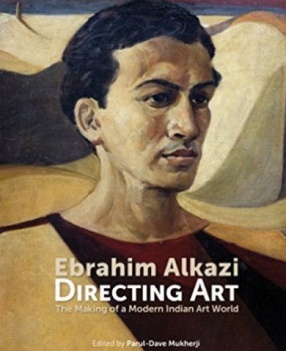
A doyen of India’s art and theatre scenes, Ebrahim Alkazi has been credited with garnering worldwide visibility for Indian art. Directing Art explores how his unique way of locating Indian art within a broader framework led to several formal engagements for artists such as MF Husain, FN Souza, SH Raza, Gieve Patel, and Anish Kapoor, among others.
This volume brings together over 400 paintings, many of them exhibited at Art Heritage, and previously ...
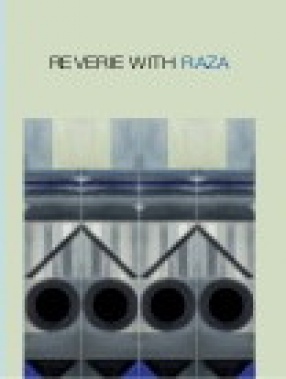
In an age where contemporary art has changed in mediums and language, scope and intent, this book weighs in on the moodiness, methodology, efforts, mental blitzkriegs and inner workings of modern master of art Syed Haider Raza.
Living now in Delhi, Raza is going through a revolution in which he is bringing back his past in his works-he is ploughing the depths of past trends in his use of colour fields, in contextualizing genres in his journey of the ...

After the success of Learning from Mumbai (Mapin 2013) the authors of the ‘Learning from India Series’ continue their journey to unravel the lessons that can be learned from practising architecture and urban planning in the bustling capital city of India-New Delhi.
With several essays and maps, Learning from Delhi lays the ground for a series of interviews with architects and planners who work in the city. Fresh talent finds a place in this volume ...
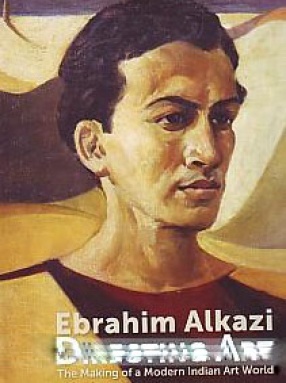

Tales of the royal families of Princely India, although fascinating with their extravagance, have long focused on the figure of the Maharaja; the lives of female royals have largely remained unexplored, restricted to a few biographies and memoirs, chapters in tomes of royal costuming and jewellery, and mentions in narratives of the general lives and lifestyles of Indian royalty.
This volume brings forth portraits of royal women who lived during the last phase of ...

The Victoria and Albert Museum in London has the world’s most important collection of 19th-century temple hangings from South India. Commissioned by Hindu temples and monasteries (maths), and by individuals for religious use, the hangings were produced in the Kalamkari style of hand drawing, mordant-dyeing and painting. Striking in artistry, and imposing in size, these temple hangings represent a complex technique that reached its highest expression in ...
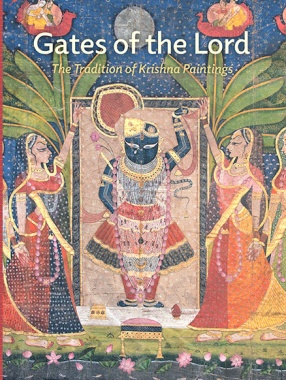
The Pushtimarg, a Hindu sect established in India in the fifteenth century, possesses a unique culture-reaching back centuries and still vital today-in which art and devotion are deeply intertwined. This important volume, illustrated with more than one hundred vivid images, offers a new, in-depth look at the Pushtimarg and its rich aesthetic traditions, which are largely unknown outside of South Asia.
Original essays by eminent scholars of Indian art focus on the ...
